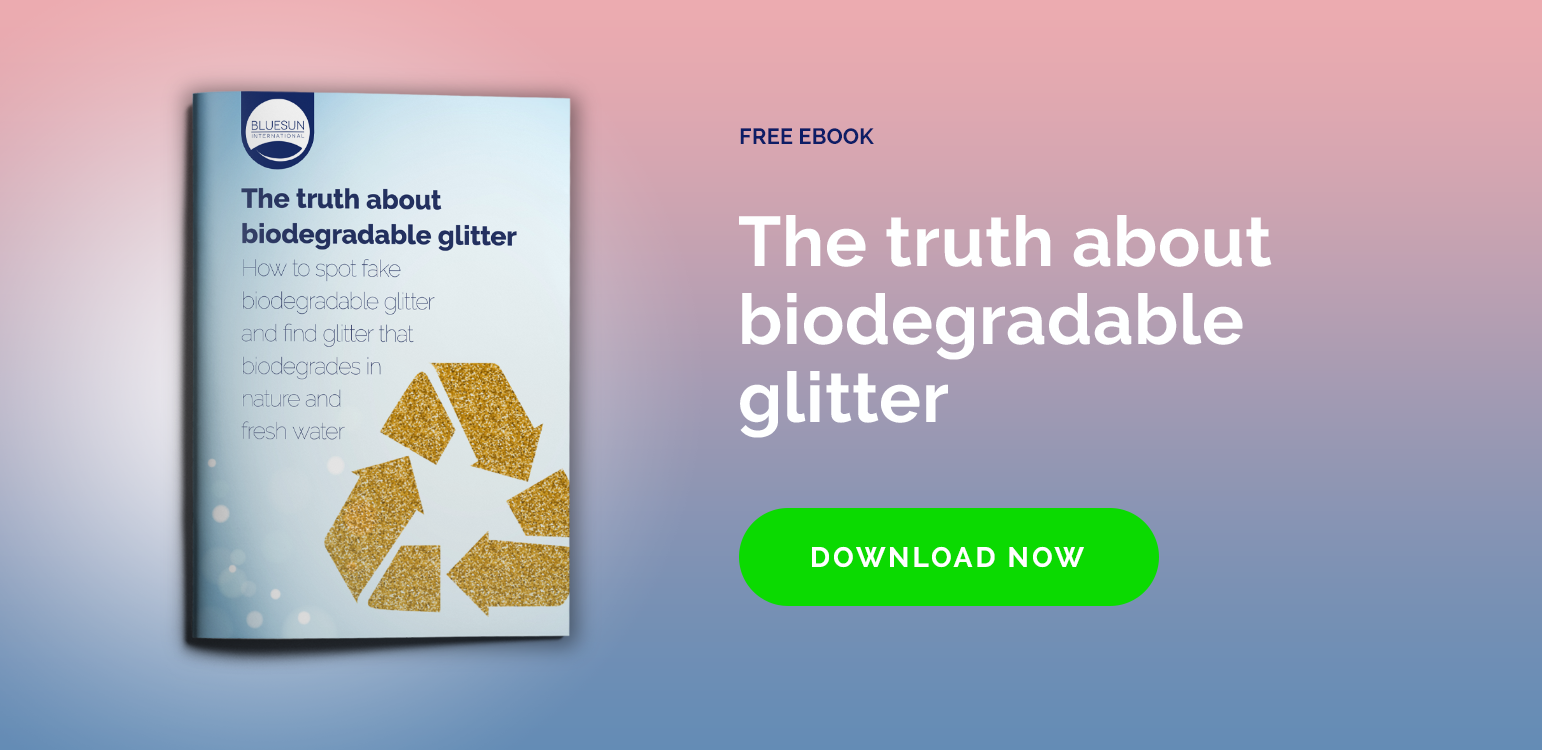3-O-Ethyl-L-Ascorbic acid is a really stable derivative of vitamin C. The INCI name is Ethyl Ascorbic Acid. It is a true powerhouse that acts as an antioxidant, skin brightener, and collagen booster with a strong tyrosinase inhibition.
Right on the shelf of anti aging products, like retinol and hyaluronic acid comes vitamin C. This ingredient can very well be considered the "Fountain of Youth." You can say goodbye to dark spots and wrinkles, revealing a brighter and younger-looking complexion.
The problem with vitamin C is that it is highly unstable. It quickly oxidizes in light, pH change, and heat, turning brown and less effective. This has led to the creation of vitamin C derivatives that are more stable while retaining efficacy.
The formulation can be a real challenge, though. Thankfully, there is a derivative that has been making some noise in the skincare world, giving you all the benefits of vitamin C with less irritation and more shelf life for you to enjoy the product!
So keep reading to find out everything there is to know about the next generation of vitamin C, aka ethyl ascorbic acid.
What Exactly is 3-0-Ethyl-L-Ascorbic Acid?
Ethyl Ascorbic Acid, also known as ethyl-L-ascorbic acid, is a potent form of the skin brightening powerhouse, vitamin C. It is also one of the most promising and stable forms/derivatives available to date.
This "etherified derivative of ascorbic acid" is a molecule formed by modifying the ascorbic acid (L-ascorbic acid) chemical structure by adding an ethyl group bound to the third carbon place. This little change makes vitamin C highly stable and, thus, soluble in water and oil.
Why Choose 3-0-Ethyl-L-Ascorbic Acid?
Since it is soluble in both water and oil, 3-O-Ethyl-L-Ascorbic acid is highly versatile and can be easily incorporated into a wide range of cosmetic formulations.
Ethyl-L-ascorbic acid is absorbed faster and better by the skin! Its efficacy is directly related to its rapid absorption, giving you great results.
Once absorbed deep into the skin layers, the molecule loses its modification. The vitamin C gets absorbed and metabolized, giving you full-on benefits compared to traditional L-ascorbic acid formulations.
Actually, ethyl ascorbic acid is the most effective among vitamin C derivatives in boosting collagen synthesis and brightening skin, with over 80% metabolized to pure L-ascorbic acid.
Additionally, 3-O-Ethyl-L-Ascorbic acid won't break down as quickly. It is stable against oxidation and resistant to discoloration at the recommended pH (between 4 and 6). This highly reduces the possibility of skin irritation.
Benefits of Ethyl-L-Ascorbic Acid
Brightness and Fading Hyperpigmentation
Ethyl ascorbic acid helps the skin fade away dark spots or hyperpigmentation from aging and sun exposure. It also helps to even skin tone.
This vitamin C derivative limits the activity of tyrosinase, the enzyme responsible for melanin production. Hence, it reduces the melanin levels in the skin responsible for skin tone and pigmentation.
So, ethyl ascorbic acid has a whitening or skin bleaching capacity that will guarantee you a brighter complexion and a radiant glow! It is excellent for melasma, sun spots, postinflammatory hyperpigmentation (acne marks), and dull skin.
Antioxidant and Antiaging Properties
Ethyl ascorbic acid acts as an antioxidant. It helps the skin fight free radicals that build-up due to pollution, stress, blue light from our phones, or ultraviolet light from sun exposure.
Antioxidants slow down the rate at which your skin breaks down collagen by preventing free oxygen radicals. Also, 3-O-Ethyl-L-Ascorbic acid directly acts as a collagen booster stimulating its production by the skin cells.
So, by keeping "the collagen production switch" turned on, even after your mid-to-late-thirties, your skin will have plenty of collagen. This can dramatically reduce fine lines and wrinkles, giving you a supple and young-looking complexion.
Reduction of Inflammation
Ethyl ascorbic acid can reduce acne inflammatory lesions. It can also minimize post-acne redness due to broken capillaries under the skin.
The Vitamin C derivative works by strengthening blood vessels under the skin. Hence, you get less broken capillaries and glowing skin, free of annoying red patches.
How to Use Ethyl-L-Ascorbic Acid?
Ethyl ascorbic acid has no adverse effects on the skin. It can have allergic reactions from people with sensitive skin types, though. So, you should do a patch test on the skin before applying it to the whole face.
You can use it day and night, applying it to clean skin. Do not be afraid to use it in the daytime. It can help protect you against UV light damage, but do not forget to wear sunscreen!
In terms of combining ethyl ascorbic acid with other ingredients, you should be fine. You can mix with other actives without fear of adverse reactions.
Have You Heard of Face Vitamin C Powder?
Act EAA, aka High Purity Ethyl Ascorbic Acid, is a stabilized form of vitamin C in the form of a white crystalline powder. You can mix a small amount of vitamin C powder with your usual skincare products and create a routine of various antiaging ingredients!
With Act EAA, you get all the benefits of vitamin C without fear of irritation. You can complement it with the use of our Banana Face Mask for an extra hydration boost and soothe your skin. Both of them make a great duo that you can't miss!
References
- Iliopoulos, F., Sil, B., Moore, D., Lucas, R., & Lane, M. (2019). 3-O-ethyl-l-ascorbic acid: Characterisation and investigation of single solvent systems for delivery to the skin. International Journal Of Pharmaceutics: X, 1, 100025. doi: 10.1016/j.ijpx.2019.100025
- Zerbinati, N., Sommatis, S., Maccario, C., Di Francesco, S., Capillo, M., & Rauso, R. et al. (2021). The Anti-Ageing and Whitening Potential of a Cosmetic Serum Containing 3-O-ethyl-l-ascorbic Acid. Life, 11(5), 406. doi: 10.3390/life11050406

.jpg)


